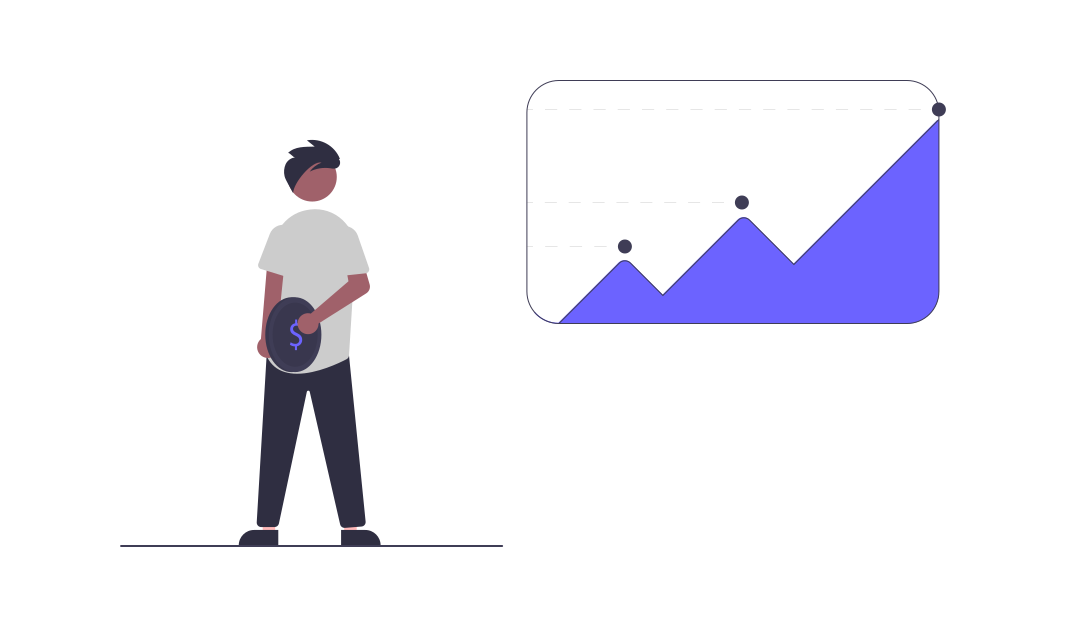In the rapidly evolving insurance sector, standing out in a crowded market is a significant challenge. With numerous players offering similar products, personalization has emerged as a crucial differentiator. Account-Based Marketing (ABM) leverages personalized strategies to target high-value accounts, ensuring that marketing efforts are more effective and yield higher returns. This blog explores the best practices for integrating personalization into ABM within the insurance sector, providing actionable insights to drive customer engagement and business growth.
Understanding Personalization in ABM
Personalization in ABM involves tailoring marketing efforts to meet the unique needs and preferences of specific accounts. Unlike traditional marketing, which often employs a one-size-fits-all approach, ABM focuses on creating customized experiences for individual accounts or segments of accounts. This approach is particularly beneficial in the insurance industry, where understanding and addressing the specific requirements of clients can lead to stronger relationships and increased loyalty.
Why Personalization Matters in the Insurance Sector
-
Building Trust: Insurance products are inherently complex and often involve significant financial commitments. Personalized interactions help build trust by showing clients that their specific needs and concerns are understood and valued.
-
Improving Customer Experience: Personalized communication enhances the overall customer experience. When clients receive relevant information and offers that align with their needs, they are more likely to engage positively with the brand.
-
Increasing Conversion Rates: Tailored marketing messages are more likely to resonate with potential clients, leading to higher conversion rates. Personalization ensures that marketing efforts are directed toward the right people with the right message at the right time.
Best Practices for Personalizing ABM in the Insurance Sector
1. Leverage Data for Insights
To personalize effectively, start with comprehensive data collection and analysis. Utilize data from various sources such as CRM systems, website analytics, and social media interactions to gain insights into the needs and behaviors of your target accounts. This data-driven approach allows for more accurate segmentation and targeting.
2. Segment Your Audience
Segmentation is crucial for delivering personalized content. Divide your target accounts into smaller, more manageable groups based on factors such as industry, company size, and specific insurance needs. This allows you to create tailored marketing strategies for each segment, increasing the relevance and effectiveness of your campaigns.
3. Create Customized Content
Develop content that speaks directly to the pain points and needs of each segment. This could include personalized emails, case studies, and whitepapers that address the specific challenges faced by different accounts. For example, a whitepaper on cyber insurance for tech companies can be highly effective if it highlights industry-specific risks and solutions.
4. Utilize Personalized Campaigns
Implement personalized marketing campaigns across various channels. This includes personalized email campaigns, targeted social media ads, and customized landing pages. Ensure that the messaging is consistent and relevant across all touchpoints to provide a seamless experience for the target accounts.
5. Engage with Decision-Makers
In ABM, it’s essential to engage with key decision-makers within target accounts. Personalized outreach, such as tailored emails or LinkedIn messages, can help build relationships with these individuals. Highlight how your insurance solutions can address their specific needs and offer value to their business.
6. Use AI and Automation
AI and automation can significantly enhance personalization efforts. AI-powered tools can analyze vast amounts of data to identify patterns and preferences, enabling more accurate targeting. Automation allows for the efficient delivery of personalized content and follow-ups, ensuring that no opportunities are missed.
7. Measure and Optimize
Regularly measure the effectiveness of your personalized ABM efforts. Use key metrics such as engagement rates, conversion rates, and customer feedback to assess the impact of your campaigns. Continuously optimize your strategies based on these insights to improve performance and achieve better results.
Conclusion
Personalization is a powerful tool in the arsenal of account-based marketing, especially in the insurance sector. By leveraging data, segmenting your audience, creating customized content, and utilizing AI and automation, insurance companies can significantly enhance their marketing efforts. Personalization not only improves customer engagement and satisfaction but also drives business growth by increasing conversion rates and building long-term relationships with high-value accounts.


